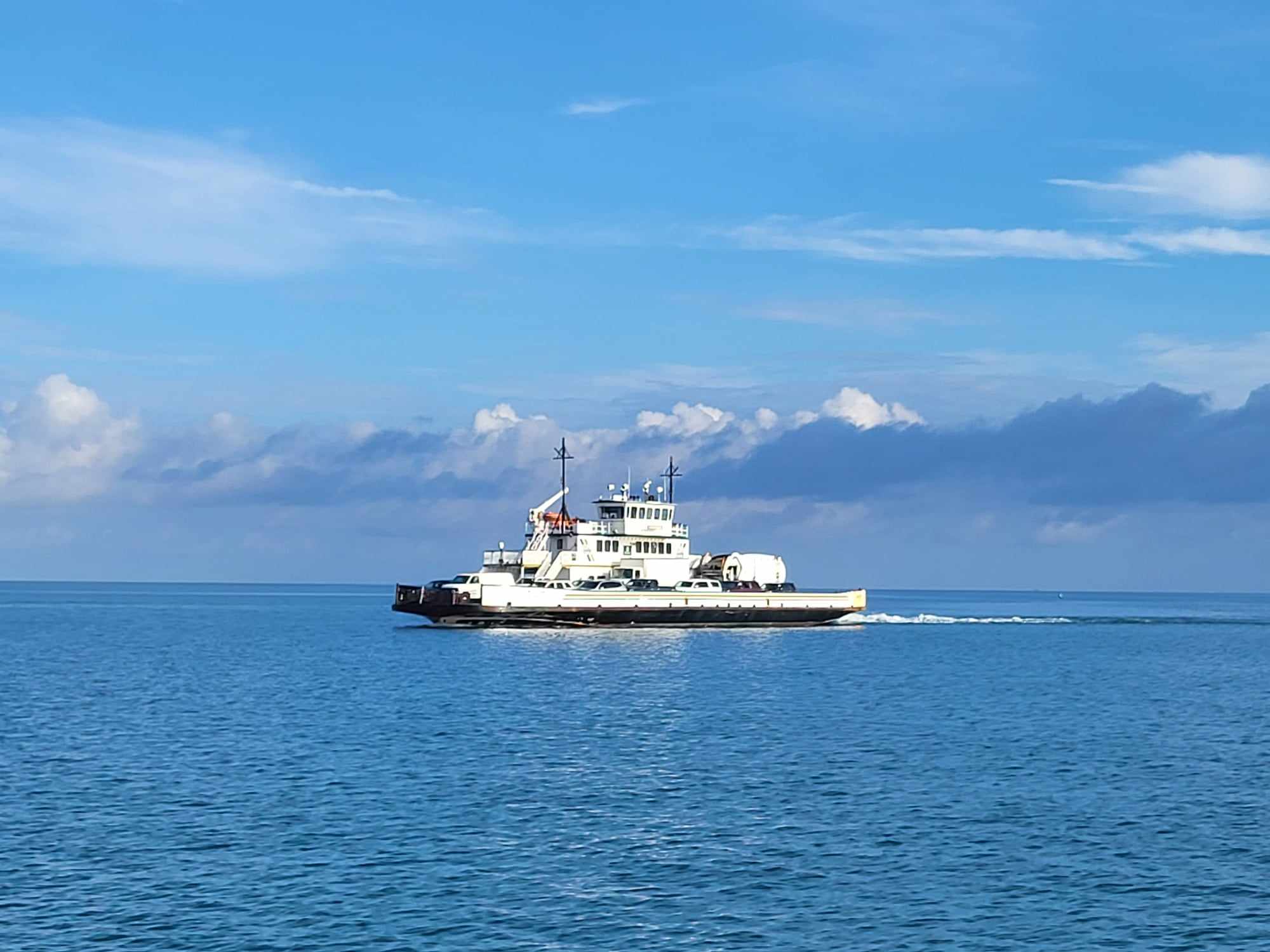Hazard Mitigation Plan Draft Calls for Locals’ Feedback

Resiliency planners with Wood, a company which offers contract-based solutions in energy and environmental markets, convened a public Hazard Mitigation Plan meeting on Wednesday night, January 8, in Buxton to encourage feedback from locals on the plan’s current draft.
For the past year, both Dare and Currituck counties have made moves to create a Hazard Mitigation plan which meets both FEMA’s code of federal regulations and the needs of local citizens.
Created and approved by a Hazard Mitigation Plan Committee (HMPC), the draft covers the weather events likely to occur in Dare County, the impact they might have, and the steps to be taken to diminish their effects.
In order to create such a plan, Wood representatives Abby Moore and David Stroud collected extensive data on factors such as geography and environment, population and demographics, and housing and employment, which they hope will give an accurate picture of life in Dare County. While data from Currituck is included in the plan, the information is broken down by jurisdiction, with Hatteras Island included under the umbrella of unincorporated Dare County.
FEMA requires that each region update its Hazard Mitigation Plan every five years in order to qualify for federal assistance in the event of a disaster.
Some of the mitigation strategies included in the plan are a continuance of the old plan, such as allocating more funds to improve stormwater drainage and preparations for flooding. Others, like reducing dune erosion with the implementation of natural barriers, are new and could have a greater effect on life on the Outer Banks.
In order to finalize the draft of Dare County’s hazard mitigation plan, Moore and Stroud are continuing to ask for public comments and feedback via email.
Moore and Stroud have already divulged some of the public’s thought via a 10-question survey, located on the HMP website, Moore and Stroud sought an understanding of locals’ main concerns regarding weather-related devastation, and the results of the survey can still be reviewed online at www.obx-hmp.com.
Moore and Stroud’s survey received a total of 853 responses. Hurricanes were, of course, considered the greatest risk of living in Dare County, followed by flooding, tornadoes, high winds, and erosion. In the write-in section of the survey, some of the most frequently mentioned issues were sea level rise and flooding. 92% of the responses were found to have been from Dare County residents. Although the survey has closed, Moore, Stroud, and Dare County officials want to encourage the public to continue submitting their comments in order to further the draft to public needs.
“If we don’t know what you think, we can’t make the right decisions,” Dare County Emergency Management Director Drew Pearson said.
Once Moore and Stroud get this information, they will include it in the plan’s final draft which they will then submit to the state government. The state then submits it for FEMA approval. Once FEMA approves, the plan is adopted and each jurisdiction takes measures to implement it. The implementation of a new Hazard Mitigation Plan not only promises to lower flood insurance rates and increase assistance from FEMA, but also protect locals from future hazards.
“We hope to reduce lives lost not only during storms, but year round,” Pearson said.
To read the full draft of the Hazard Mitigation Plan go to www.obx-hmp.com. Although the survey has closed, the public is encouraged to continue submitting their comments and suggestions up until January 30, 2020. To do so, utilize the email link on the main survey page at http://www.obx-hmp.com/Survey.html.
To receive individual assistance for damage incurred from Hurricane Dorian, call the state government at 919-825-2378.
















